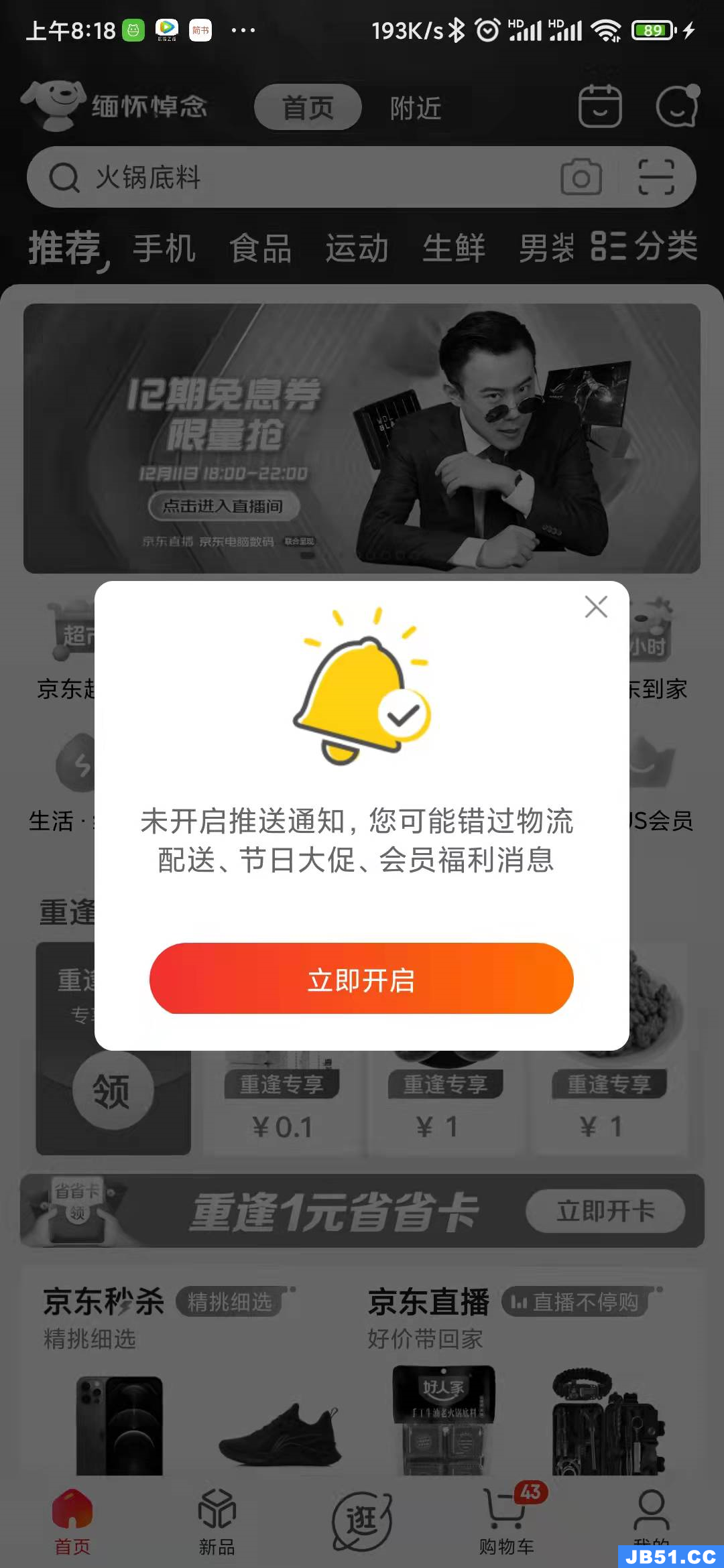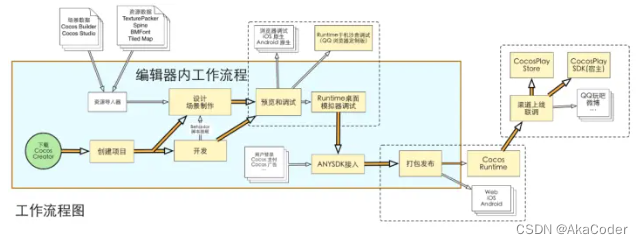我们试图在企业iOS应用程序中使用客户端SSL证书进行用户身份验证.
>我们可以在服务器上生成客户端ssl证书
>用户可以通过.mobileconfig安装
> Safari中的Web服务器的认证与安装的证书一起使用.
>从iOS应用程序内部发出http请求失败(不使用证书).
我们如何让这个工作?谢谢!
解决方法
概述:
您已在设备钥匙串上安装了客户端SSL证书.
Safari.app和Mail.app可以访问这个钥匙串,而iOS应用没有.
原因是我们开发的应用程序是沙盒,在非越狱设备中没有任何访问权限.
随着safari访问它,连接和认证服务器的挑战没有任何麻烦.
解:
将导出的P12文件与App捆绑在一起,并引用它来查找服务器正在查找的正确的客户端证书.它实际上是一种解决方法.硬编码是获取P12文件的可靠方法.
执行:
在NSURLConenction委托中的方法是willSendRequestForAuthenticationChallenge.您需要考虑NSURLAuthenticationMethodClientCertificate挑战类型,以处理服务器挑战.这是我们实现了从嵌入式P12文件中提取正确的证书身份的魔力的地方.代码如下
- (void)connection:(NSURLConnection *)connection willSendRequestForAuthenticationChallenge:(NSURLAuthenticationChallenge *)challenge {
if ([challenge prevIoUsFailureCount] > 0) {
//this will cause an authentication failure
[[challenge sender] cancelAuthenticationChallenge:challenge];
NSLog(@"Bad Username Or Password");
return;
}
//this is checking the server certificate
if ([challenge.protectionSpace.authenticationMethod isEqualToString:NSURLAuthenticationMethodServerTrust]) {
SecTrustResultType result;
//This takes the serverTrust object and checkes it against your keychain
SecTrustEvaluate(challenge.protectionSpace.serverTrust,&result);
//if we want to ignore invalid server for certificates,we just accept the server
if (kSPAllowInvalidServerCertificates) {
[challenge.sender useCredential:[NSURLCredential credentialForTrust: challenge.protectionSpace.serverTrust] forAuthenticationChallenge: challenge];
return;
} else if(result == kSecTrustResultProceed || result == kSecTrustResultConfirm || result == kSecTrustResultUnspecified) {
//When testing this against a trusted server I got kSecTrustResultUnspecified every time. But the other two match the description of a trusted server
[challenge.sender useCredential:[NSURLCredential credentialForTrust: challenge.protectionSpace.serverTrust] forAuthenticationChallenge: challenge];
return;
}
} else if ([[challenge protectionSpace] authenticationMethod] == NSURLAuthenticationMethodClientCertificate) {
//this handles authenticating the client certificate
/*
What we need to do here is get the certificate and an an identity so we can do this:
NSURLCredential *credential = [NSURLCredential credentialWithIdentity:identity certificates:myCerts persistence:NSURLCredentialPersistencePermanent];
[[challenge sender] useCredential:credential forAuthenticationChallenge:challenge];
It's easy to load the certificate using the code in -installCertificate
It's more difficult to get the identity.
We can get it from a .p12 file,but you need a passphrase:
*/
Nsstring *p12Path = [[BundleManager bundleForCurrentSkin] pathForResource:kP12FileName ofType:@"p12"];
NSData *p12Data = [[NSData alloc] initWithContentsOfFile:p12Path];
CFStringRef password = CFSTR("PASSWORD");
const void *keys[] = { kSecImportExportPassphrase };
const void *values[] = { password };
CFDictionaryRef optionsDictionary = CFDictionaryCreate(NULL,keys,values,1,NULL,NULL);
CFArrayRef p12Items;
Osstatus result = SecPKCS12Import((CFDataRef)p12Data,optionsDictionary,&p12Items);
if(result == noErr) {
CFDictionaryRef identityDict = CFArrayGetValueAtIndex(p12Items,0);
SecIdentityRef identityApp =(SecIdentityRef)CFDictionaryGetValue(identityDict,kSecImportItemIdentity);
SecCertificateRef certRef;
SecIdentitycopyCertificate(identityApp,&certRef);
SecCertificateRef certArray[1] = { certRef };
CFArrayRef myCerts = CFArrayCreate(NULL,(void *)certArray,NULL);
CFRelease(certRef);
NSURLCredential *credential = [NSURLCredential credentialWithIdentity:identityApp certificates:(NSArray *)myCerts persistence:NSURLCredentialPersistencePermanent];
CFRelease(myCerts);
[[challenge sender] useCredential:credential forAuthenticationChallenge:challenge];
}
} else if ([[challenge protectionSpace] authenticationMethod] == NSURLAuthenticationMethodDefault || [[challenge protectionSpace] authenticationMethod] == NSURLAuthenticationMethodNTLM) {
// For normal authentication based on username and password. This Could be NTLM or Default.
DAVCredentials *cred = _parentSession.credentials;
NSURLCredential *credential = [NSURLCredential credentialWithUser:cred.username password:cred.password persistence:NSURLCredentialPersistenceForSession];
[[challenge sender] useCredential:credential forAuthenticationChallenge:challenge];
} else {
//If everything fails,we cancel the challenge.
[[challenge sender] cancelAuthenticationChallenge:challenge];
}
}
希望这可以帮助
版权声明:本文内容由互联网用户自发贡献,该文观点与技术仅代表作者本人。本站仅提供信息存储空间服务,不拥有所有权,不承担相关法律责任。如发现本站有涉嫌侵权/违法违规的内容, 请发送邮件至 dio@foxmail.com 举报,一经查实,本站将立刻删除。
















